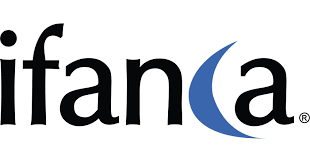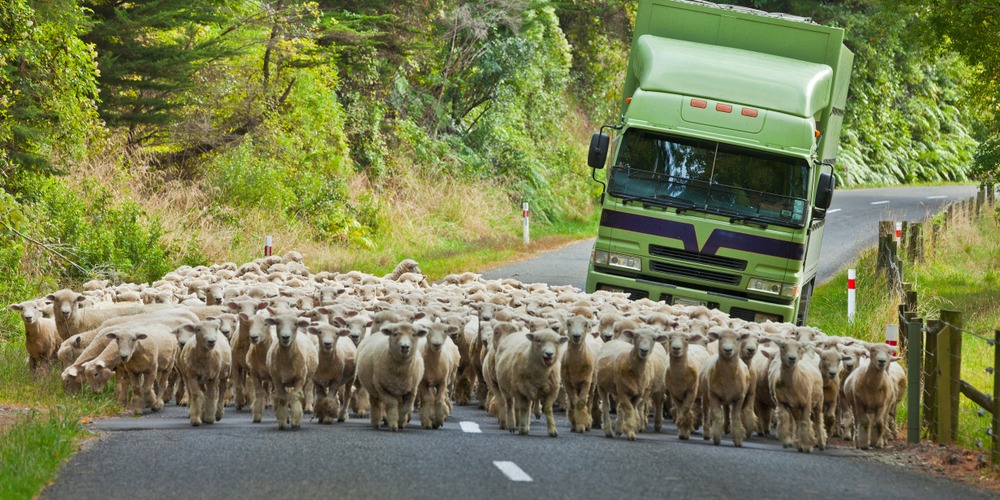
Halal and climate change: New Zealand’s meat industry body consulting with national Commission
New Zealand exported a historic high of NZ$9.2 billion (US$6.7 billion) worth of red meat products for the twelve months through September 2020, 43% (NZ$3.5 billion) of which was halal-certified, says the local Meat Industry Association (MIA).
“Each halal worker generates NZ$17 million per annum,” MIA CEO Sirma Karapeeva told Salaam Gateway.
The Pacific country was the world’s ninth largest exporter by value ($5.3 billion) of meat and edible meat offal in 2019 and the sixth biggest meat supplier to the member states of the Organisation of Islamic Cooperation in 2020, according to the U.N.’s Trade Map.
The red meat industry employs about 25,000 people in over 60 processing plants, making it a leading part of New Zealand’s economy and a key sector in the national implementation of climate change transition.
The Jacinda Ardern-led government has committed to reaching net-zero emissions of long-lived gases and reducing biogenic methane emissions by between 24% to 47%, all by 2050.
“Agriculture has a large role to play in reducing emissions, and farming needs to become even more efficient. There have been improvements in the last few decades, but more can happen,” said the independent body the Climate Change Commission in its 188-page draft advice report released at the end of January.
“When you take all the politics out, the report, in MIA’s mind, was a very fair assessment of the state of play,” said Karapeeva. The industry body that she leads is in discussions with the Commission that is accepting submissions on its draft advice until March 28.
HALAL SECTOR PART OF CLIMATE CHANGE TRANSITION
Nearly all of New Zealand’s export plants undertake halal processing, allowing them to ship to Muslim and non-Muslim customers around the world. 98% of the exports are high-value chilled or frozen cuts. Exports of frozen carcasses make up less than 2%.
In the 2019/20 processing season, which covers the 12 months to the end of September 2020, New Zealand exported 417,232 tons of halal-certified meat to 59 countries. Certification costs grew more than tenfold within two years from NZ$81,009 in 2018 to NZ$973,274 in 2020.
China, with a projected Muslim population of 30 million by 2030, is New Zealand’s number one market for halal-certified meat, increasing exports from around 77,672 tons (33%) in 2016 by over 250% to 277,472 tons in 2020 (66%).
The signing of a new halal arrangement between the Ministry for Primary Industries and the China Certification and Accreditation Administration in 2016 laid the basis for the significant growth. It marked the first time China recognised another country’s halal regulatory and certification systems.
In 2020, other significant markets for halal-certified meat included Canada (19,084 tons or 4.6% of total halal-certified exports), Malaysia (17,721 tons or 4.2%) and the United States (17,531 tons or 4.2%).
CHALLENGES
Contributing to the national climate change transition is a key agenda for the meat industry as it involves its entire value chain from land use to logistics, but the strong growth of the halal sector also presents a peculiar challenge: a skilled worker shortage.
The majority of New Zealand’s small Muslim population, of about 57,276 people according to the 2018 census, lives in urban areas. As the meat processing plants are scattered around the rural regions, the industry hires Muslim staff from abroad.
“We are not talking big numbers; we only need about 250 people for the specific halal roles,” Karapeeva said, adding that currently only half of those positions are filled. With the migration and visa restrictions brought on by COVID-19, the gap could widen.
Karapeeva was successful in lobbying the government to retain the workers in the country. “Their visas have been extended until the middle of next year. That gives us a little breathing space,” she said.
However, the MIA’s CEO is, in general, concerned about the government looking at potentially reshaping the immigration policy and making it harder to bring migrant workers.
“We are under no illusion that even once the borders open, we will have to jump through some significant hoops to fill that migrant labour force gap,” Karapeeva said.
The bigger industry concern, however, involves climate change goals. The government aims to reduce emissions from 45.7 megatonnes CO2e in 2018 to 40.8 in 2030 and 29.5 by 2050. Agriculture emissions made up about 90% of biogenic methane and 18% of long-lived gas emissions in 2018, according to the Climate Change Commission.
In order to achieve national goals, the plan includes a 15% reduction in sheep, cattle and dairy numbers if no new technologies to reduce methane emissions from agriculture are available before 2035. Karapeeva said any drop in livestock numbers might jeopardise the viability of some processing plants and jobs in rural communities.
The industry agrees with the Climate Change Commission that the widespread planting of exotic pine trees is not a viable long-term solution to addressing climate change. An analysis by farmer-owned industry organization Beef + Lamb New Zealand (B+LNZ) estimates 70,000 hectares of sheep and beef farms have already been sold to be converted into forestry since 2019.
Besides, the meat industry has made productivity improvements for the last 20, 30 years, Karapeeva pointed out. “But now we are on the thin end of the wedge.
“I don't think we can eke out much more without looking into things like GMO [genetically modified organism], which this government is completely opposed to.”
The Climate Change Commission says farm businesses will need to adopt practice changes and take up new technology. “Meeting our proposed emissions budgets through to 2035 could result in little change to the level of agricultural production as there are practices changes that can be made on-farm to reduce emissions without reducing production,“ said the Commission’s advice report.
MIA is in discussions with the Commission to understand and test their thinking. “They may have made some assumptions that are sound on a piece of paper or an economic model, but the reality doesn't substantiate those,” Karapeeva said.
Carbon leakage is also a hot topic. It occurs when greenhouse gas emissions increase in one country due to an emissions reduction by another with a strict climate policy.
“We can do a lot here [in New Zealand],” Karapeeva said.
“But if we price ourselves out of the market, or if we constrain our ability to compete in the global market, that space will be filled by someone else; others that are not as genuine about addressing climate change as we are.”
NZ COMPETITIVE ADVANTAGES
A strategic focus of MIA for the next five years includes reputation building, as the industry continues to expand its halal positioning.
Much of the health, nutritional and environmental data about red meat comes from global studies where animals are raised in grain-finished farm systems, said Karapeeva. This is unfair for New Zealand’s red meat production as there are no feedlots – the farms operate on a free-range basis.
“We’ve been coloured with the same brush as production systems used, for example, in the United States, causing environment segregation through feedlot systems and water use,” said the MIA CEO.
The industry body works on providing consumers with relevant counter facts in a New Zealand context. With co-funding from B+LNZ, in 2019, the industry body started a two-year work program assessing the health and wellbeing benefits of pasture-fed beef compared to grain-finished meat and plant-based proteins.
The study, including a ten-week clinical trial of 100 people, focuses on providing robust scientific data about the nutritional impact of naturally pasture-fed, antibiotic and hormone-free beef raised and processed in New Zealand as the protein of choice in a balanced diet.
“This is New Zealand’s competitive advantage, and we need to continue telling this story.”
© SalaamGateway.com 2021 All Rights Reserved
